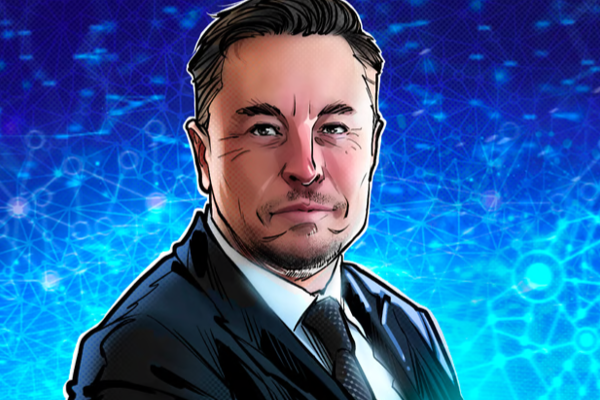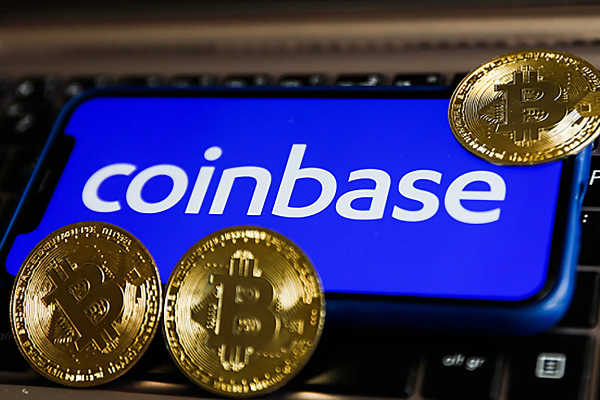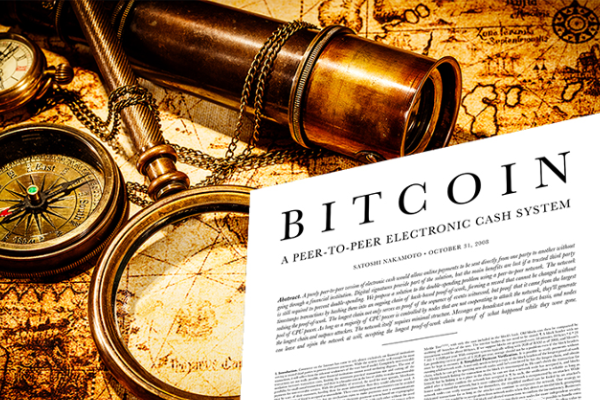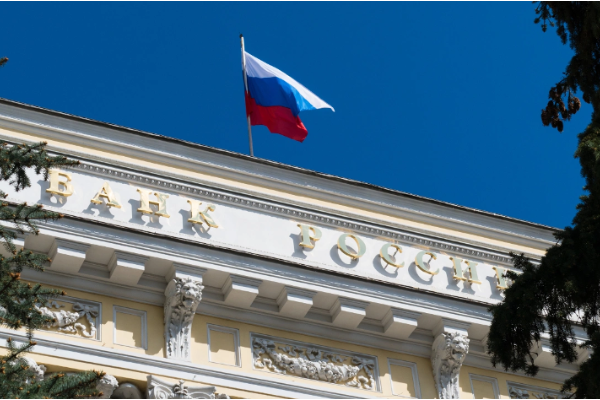When geek spirit meets the meme wave, what should Ethereum do?
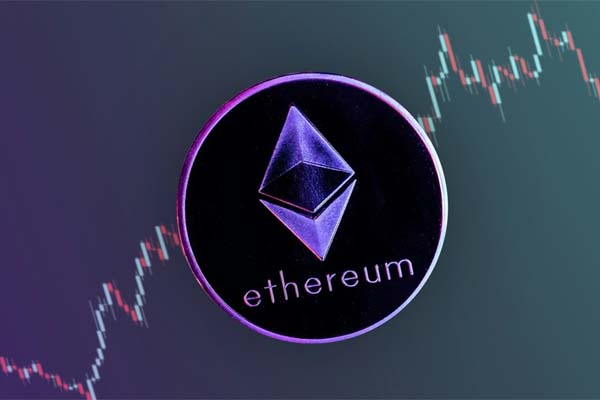
Can Ethereum find a new balance between technological idealism and market reality? Following this discussion, I would like to add some thoughts on Ethereum Vitalik's current dilemma as follows:
1) The "ivory tower" mindset constrains innovation: The Ethereum Foundation (EF) has an elite cultural orientation that is out of touch with the market during the period of 2020-2024, constantly stacking technical concepts and ignoring the real needs of users.
Faced with widespread criticism and direction guidance, EF management chose to "ignore", which caused them to miss the critical time window to fix the problem, allowing high-performance chain competitors such as Solana and Sui to break away from the oligopoly effect of the Ethereum ecosystem and grow wildly;
2) Excessive stacking of technical narratives causes market fatigue: From DeFi, NFT to various Layer 2 expansion solutions, the Ethereum ecosystem is like a narrative production factory, constantly launching new technical narratives, but failing to form effective value capture.
This has led to users gradually becoming tired of this purely technical-oriented development path that does not reflect the ecosystem and currency prices. Ethereum has always hoped to stimulate the market building boom by stacking high technical barriers, but it has been proven that relying solely on technical narratives is difficult to support sustained market prosperity;
3) Layer 2 strategy leads to ecological division and liquidity dispersion: Although Layer 2 projects such as Optimism, Arbitrum, and Base have technically solved certain expansion problems, such as reducing gas fees to an insensible level and significantly increasing TPS, they have caused complex abstraction of user experience and excessive dispersion of liquidity.
The compatibility issues of cross-chain standards between OP Stack, ZK Stack, and Ethereum native camps, and the interoperability barriers, have made these market darlings become vampires that issue coins for the sake of issuing coins. Not only did they not bring effective nourishment to the Ethereum ecosystem, but they also caused the continued sluggishness of the Ethereum ecosystem;
4) $ETH value capture model failure: After the implementation of the EIP-1559 destruction mechanism, ETH's value capture effect failed to continue to work as expected. ETH lacks a value accumulation mechanism directly linked to network usage, and the transaction fees from the prosperity of the layer2 market have not been fully transmitted to the main network. The idea of modular architecture advocates the separation of the basic layer and the application layer, which makes ETH a basic infra settlement layer rather than a necessary "value center".
Therefore, when competitors such as Solana have achieved several times growth in a short period of time, ETH still failed to effectively break through the historical high;
5) Geek community culture is out of the mainstream market: Ethereum's geek-dominated community has long embraced technical purism, which has separated it from the current mainstream players in the market. Refusing to embrace seemingly "low-level" innovation forms such as "Meme culture" has led to a cognitive generation gap between it and the new generation of user groups.
In contrast, the Solana ecosystem has successfully attracted a large number of fresh blood and market attention with its attitude of embracing diverse innovations, forming a positive cycle development effect.
Above.
But just like many friends who love and hate Ethereum, even if they can see the various problems of Ethereum, they still feel that Ethereum's current predicament is not irreversible. It is undeniable that its active developer ecosystem and accumulated DeFi infra security consensus are still the strongest.
When the market theme of technical narrative + long-termism is set, Big Ether will still occupy a core position. For most Ethereum enthusiasts and Hoders, giving up the excessive expectations of becoming the "second largest in the crypto universe" and looking at ETH from the perspective of a purely decentralized network asset from the overall market perspective may be a more correct choice.


